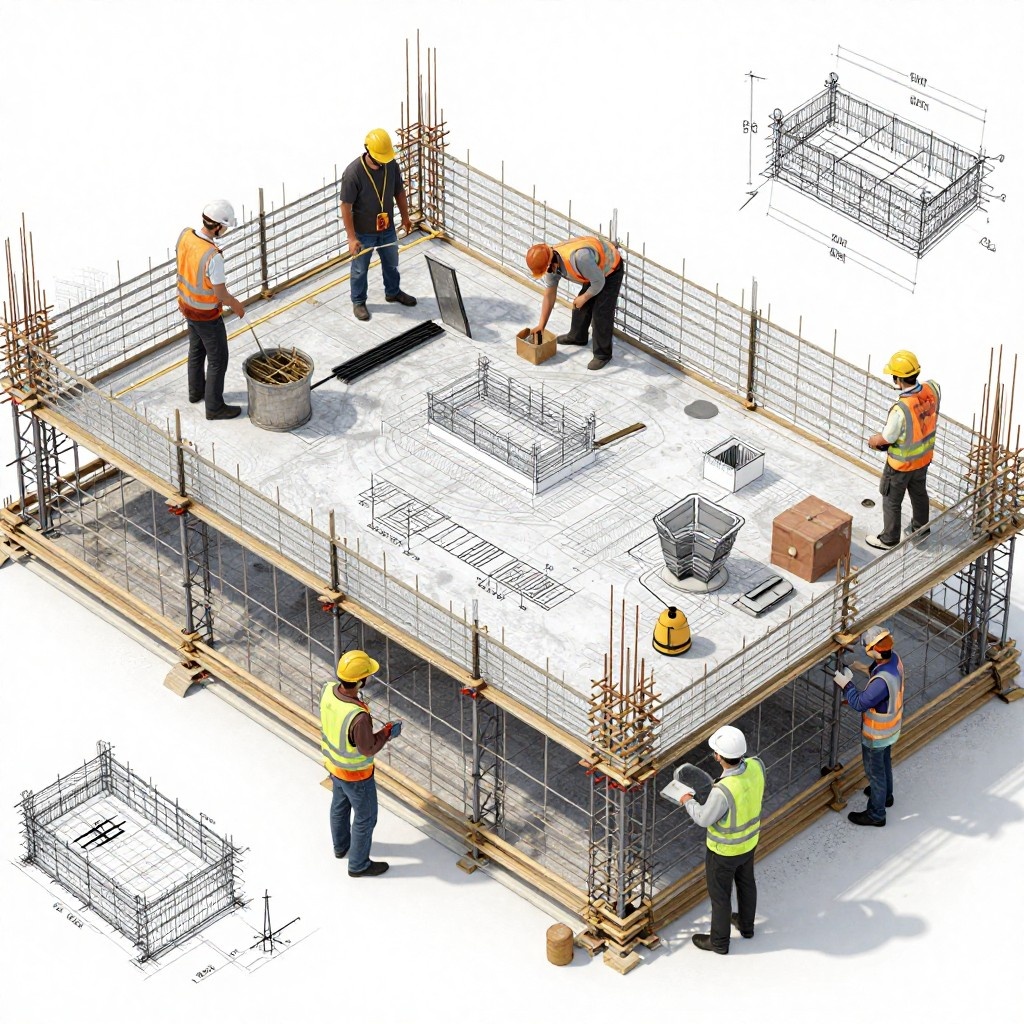Introduction to Scan to BIM, What is Laser Scanning?
Scan to BIM is revolutionizing the creation of BIM models through the utilization of 3D laser scanning technology. Scan to BIM involves digitally capturing physical spaces or sites as point clouds and subsequently transforming them into detailed BIM models. Laser scanning, the cornerstone of this process, enables rapid and accurate data acquisition, paving the way for enhanced project planning, design, and execution.

Applications and Advantages
Industry Applications
Scan to BIM finds diverse applications across various disciplines within the AEC industry. Architects utilize it for as-built documentation, site analysis, and planning. Construction professionals leverage it for structural analysis, progress monitoring, and clash detection. Heritage preservationists employ it for reconstruction and restoration efforts. Civil engineers benefit from its applications in road scanning, volume calculations, and quality control. Additionally, facility managers use it for structural alterations and maintenance planning.

Advantages of Scan to BIM
Quick Collection of Data:
One of the primary advantages of Scan to BIM is the rapid collection of vast amounts of data. 3D laser scanners can capture millions of data points within seconds, significantly expediting the data acquisition process compared to traditional methods.
Increased Accuracy:
The precision and reliability of measurements achieved through 3D laser scanning surpass traditional hand measurement methods. By eliminating human error and providing highly accurate data, Scan to BIM ensures the fidelity of BIM models.
Helps Tackle Complex Shapes and Forms:
Scan to BIM excels in handling intricate architectural designs, including complex shapes and forms. Its ability to capture detailed spatial information enables architects and designers to accurately represent and analyze complex structures.
Creation of a Digital Twin:
Through Scan to BIM, digital twins—a virtual representation of physical assets—are created with unparalleled accuracy. These digital twins facilitate comprehensive lifecycle management, from design and construction to operation and maintenance.

Generation of 3D Virtual Assets:
The data captured through 3D laser scanning facilitates the generation of 3D virtual assets for simulations, feasibility studies, and clash detection. These assets enhance visualization, enabling stakeholders to make informed decisions during the project lifecycle.
Reduced Travel:
Virtual site visits enabled by Scan to BIM minimize the need for physical travel to project sites. This not only saves time but also reduces costs associated with travel expenses and logistical challenges.
Cost Efficiency:
By streamlining data acquisition and enhancing project planning and coordination, Scan to BIM contributes to cost efficiency throughout the project lifecycle. It minimizes rework, optimizes resource utilization, and improves overall project outcomes.
Reduces Health and Safety Hazards:
The use of 3D laser scanners in hazardous or hard-to-reach locations mitigates health and safety risks for personnel. By eliminating the need for manual data collection in hazardous environments, Scan to BIM enhances workplace safety.
Process

Identification of Requirements:
The initial step in the Scan to BIM process involves defining the scope and specifics of the BIM model, including building elements, level of detail (LOD), and non-geometric attributes.
Scan Planning:
Before scanning, parameters such as accuracy, resolution, coverage, and location are configured to ensure optimal data acquisition. Planning is crucial to achieving comprehensive and accurate scan data.

Scanning:
The physical space or site is scanned using 3D laser scanners, which capture detailed point cloud data at high speed and precision. Different scanning techniques and instruments are employed based on project requirements.

Deciphering the Scanned Data:
Following scanning, the captured point cloud data is processed and prepared for modeling. This involves importing the data into 3D modeling software and refining it for further analysis and visualization.

BIM Modeling:
The final stage entails converting the scanned data into a functional BIM model. This involves creating digital representations of the scanned environment, incorporating architectural, structural, and MEP components as needed.

Challenges and Future Scope
Challenges:
Despite its numerous advantages, Scan to BIM faces challenges such as the need for collaboration, limitations of software tools, weather constraints, difficulties with scanning large areas, and operational challenges in busy environments.
Future Technologies:
The future of Scan to BIM holds promising advancements, including the adoption of Lidar technology, mobile laser scanning, and improved software capabilities. These technologies are expected to enhance scanning efficiency, accuracy, and applicability across various industries.
In conclusion, Scan to BIM represents a transformative approach to building modeling, offering unparalleled accuracy, efficiency, and versatility. From architecture and construction to heritage preservation and facility management, its applications are vast and impactful. As the AEC industry continues to embrace digital innovation, Scan to BIM stands at the forefront, reshaping the way buildings are designed, constructed, and maintained.
FAQs:
What is the difference between scan to BIM and CAD to BIM?
Scan to BIM involves capturing physical spaces as point clouds using 3D laser scanning technology and converting them into BIM models, whereas CAD to BIM involves transforming 2D CAD drawings into intelligent 3D BIM models.
What software does scan to BIM use?
Scan to BIM utilizes various software tools, including Autodesk ReCap for point cloud processing and Autodesk Revit for BIM modeling. Other software may also be used depending on project requirements and preferences.
Which scanning method is used to 3D scan an architectural design?
Various scanning methods, including terrestrial laser scanning and mobile laser scanning, are used to 3D scan architectural designs. These methods employ laser technology to capture detailed spatial data for subsequent modeling and analysis.
.avif)



